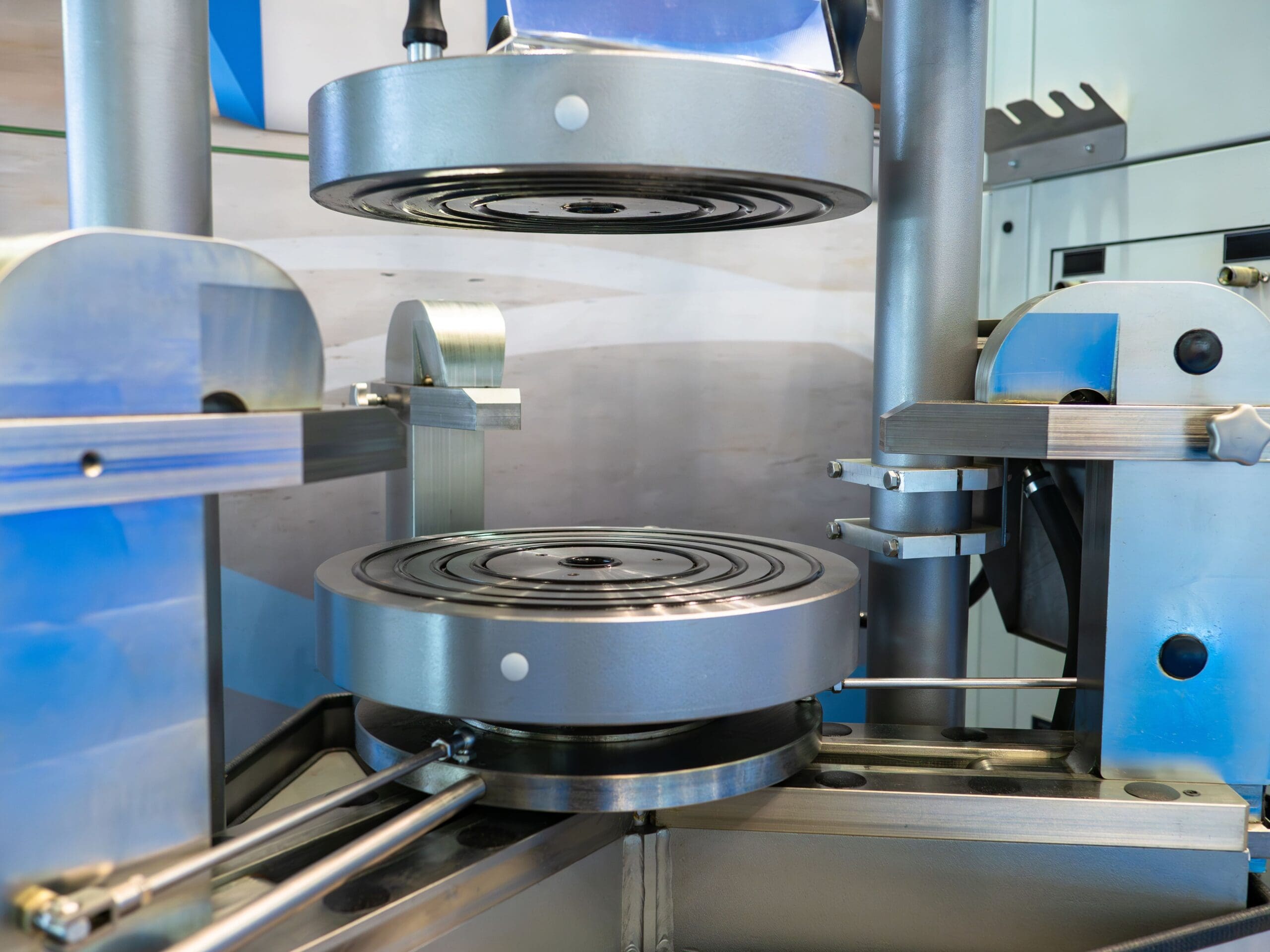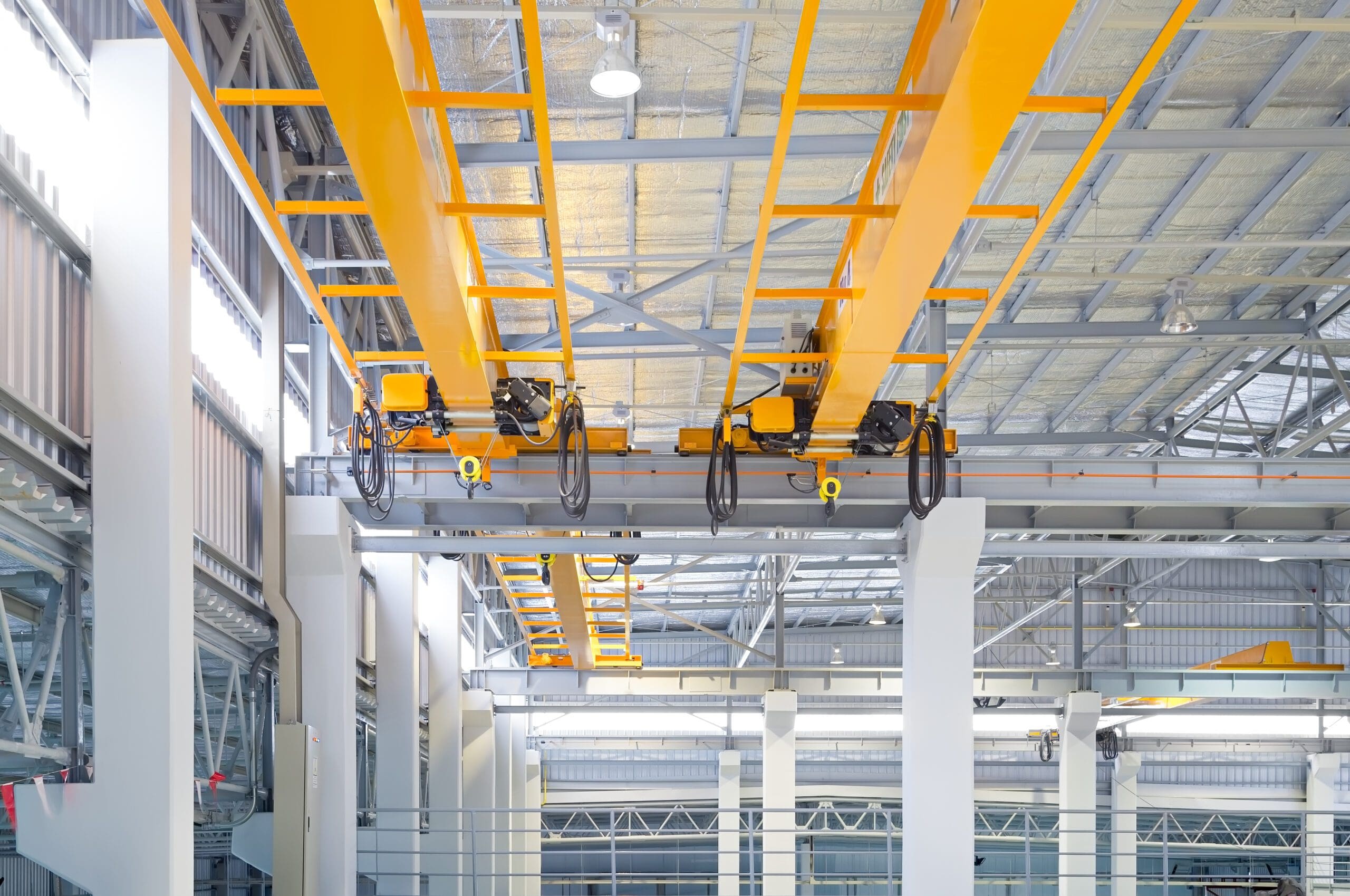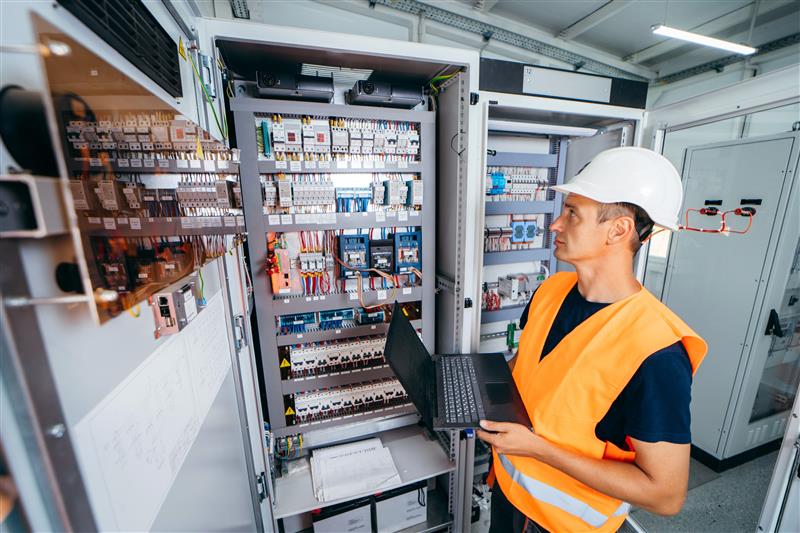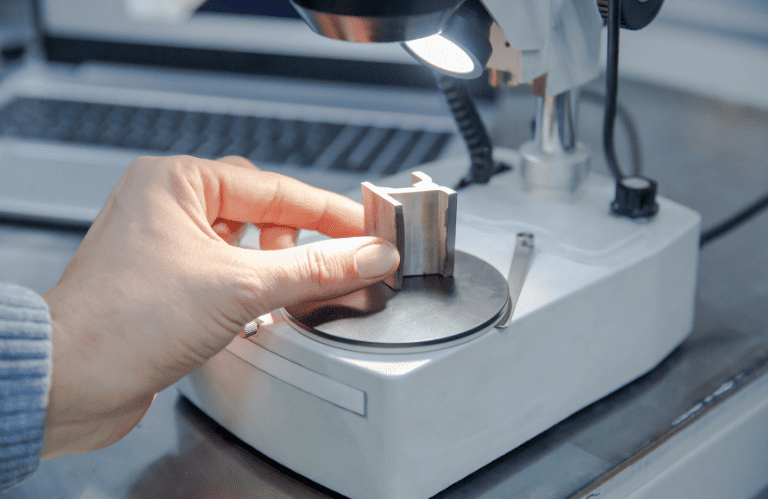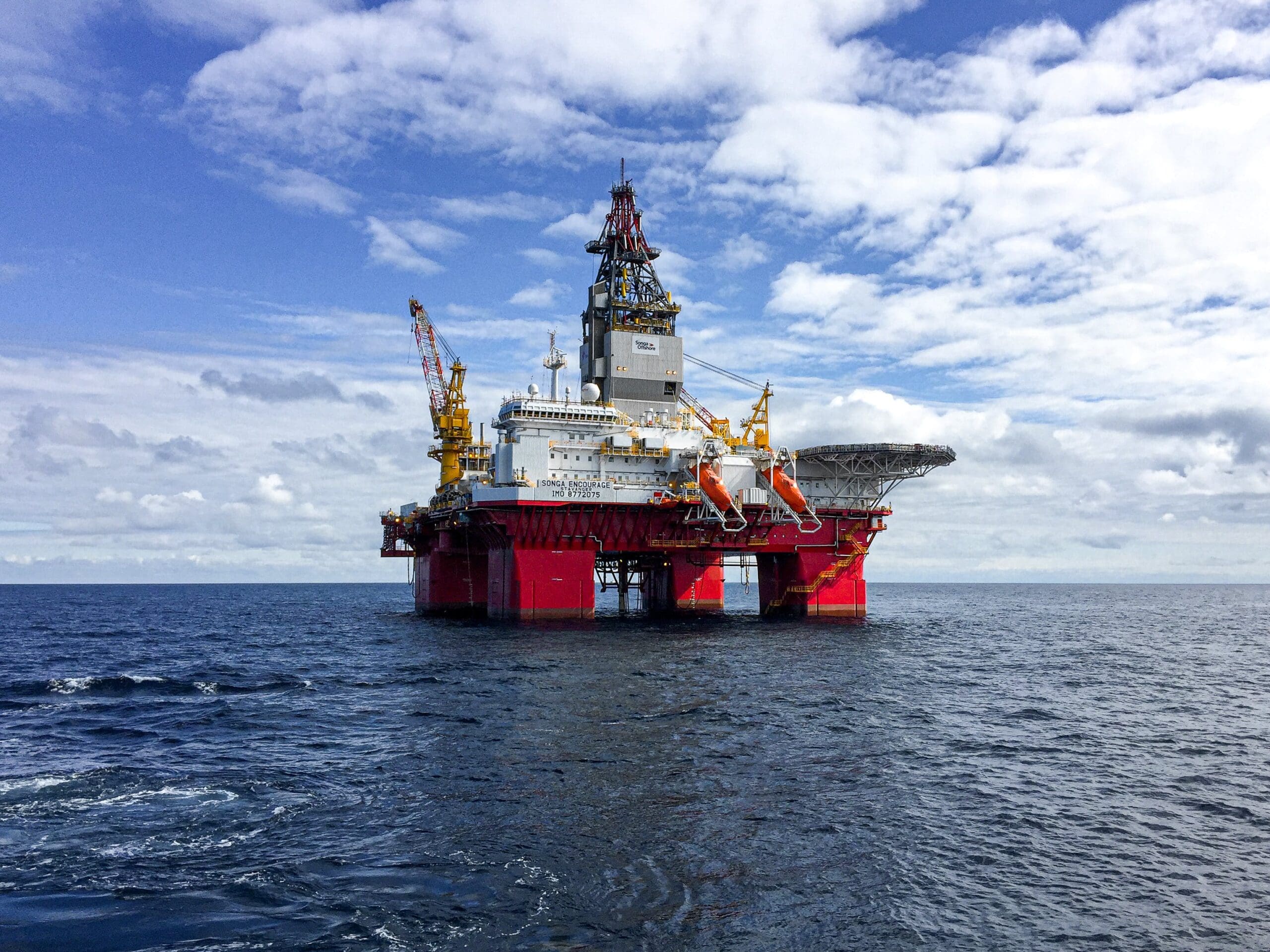CBM Corrective Services
In-Situ Balancing
Maximise the lifespan and efficiency of your assets with In-situ Balancing services. We help detect excessive vibration which contributes to the premature ageing of your rotating assets.
Explore how we work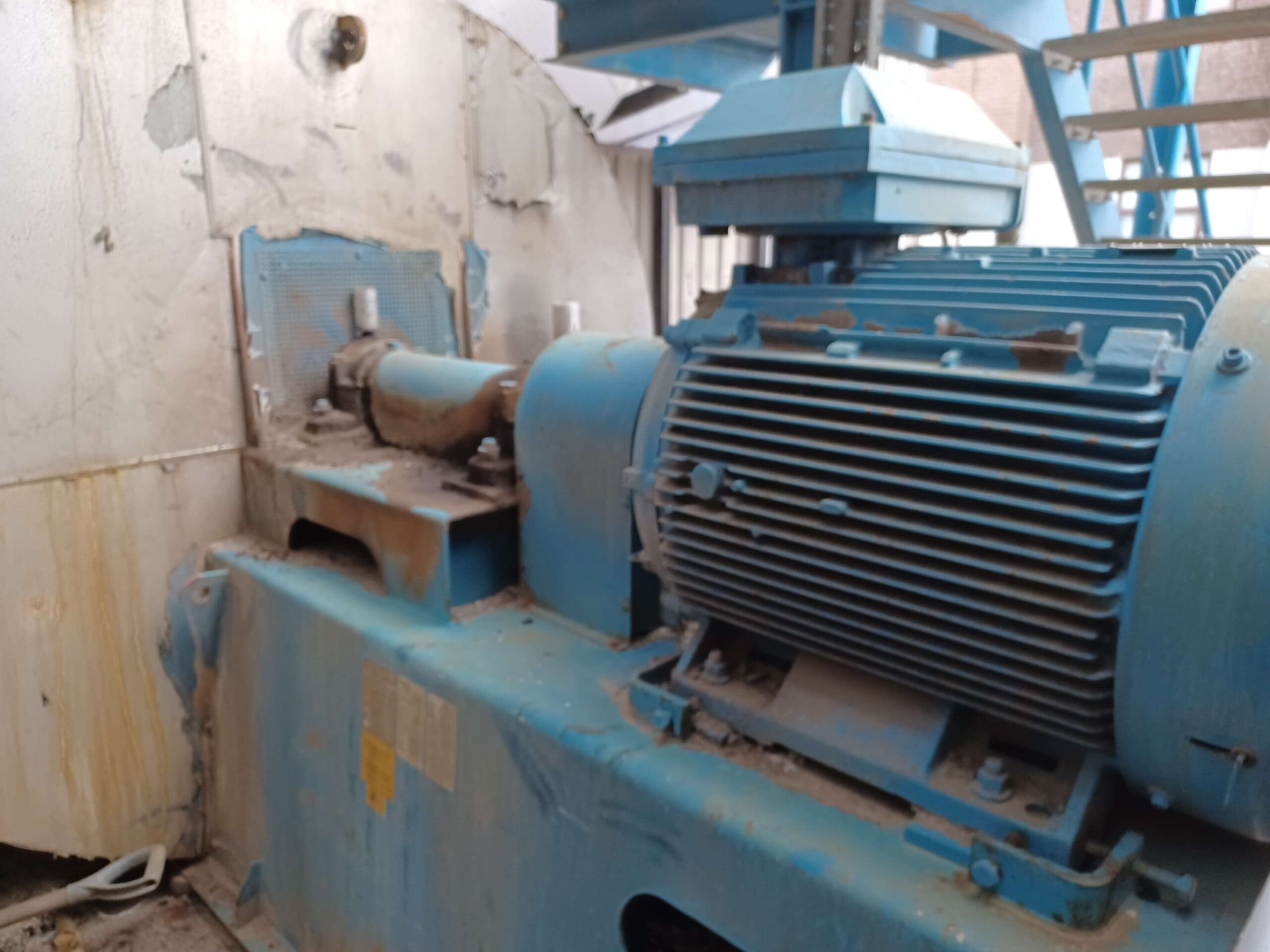
Interested? Let’s talk.
Send us an enquiry
What is In-Situ Balancing?
Imbalance is a common and easily fixable fault condition in rotating assets. It causes excessive vibration, which can damage components and shorten the lifespan of an asset. We specialise in the detection and correction of imbalance, ensuring minimal disruption to your operations. By addressing imbalance inssues promptly, we can extend the lifespan of your rotating assets.
BES Group use innovative vibration analysis technology to detect imbalance, even without historical data. Our Reliability Engineers will assess the root cause of the imbalance and recommend the best course of action, which may include single-plane or multi-plane balancing.
In-situ balancing can be used to balance machinery that is in operation. It can also be utilised for fixed assets that are difficult to remove from operation environments such as turbines and large fan apparatus whilst operational. Our goal is to return the asset to an operational state with minimal disruption to operations.
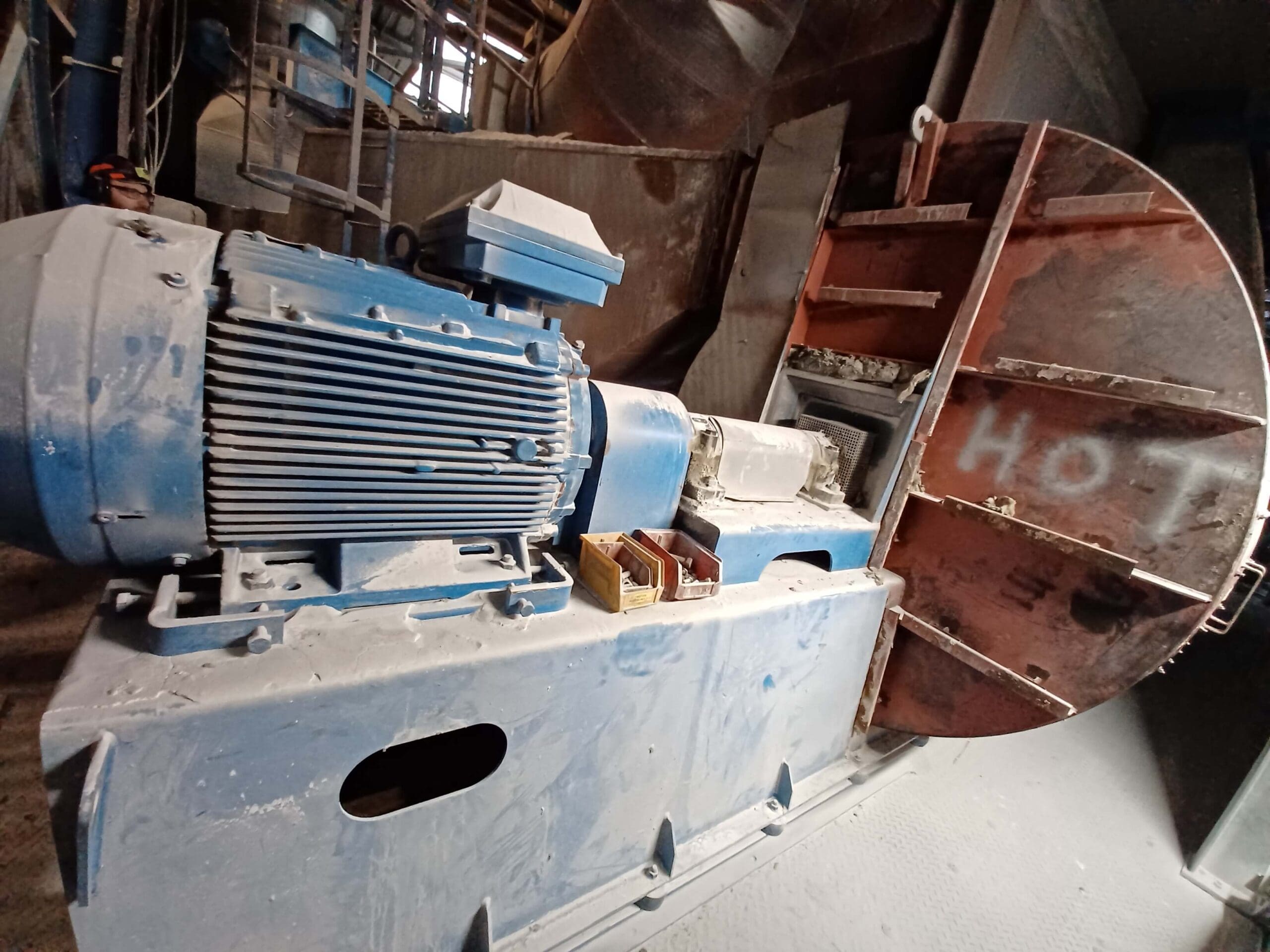
Who we've partnered with...





Key benefits of In-situ Balancing Services
Extend asset lifetime
Increase the lifespan of bearings and other mechanical components.
Save energy
Reduce overall energy consumption caused by consuming more power.
Reduce noise and vibrations
Reduce vibrations and noise levels caused by unbalanced machines.
Let's talk about In-Situ Balancing
Send one of the team a message
Not seeing what you expected?
Try using our search
Explore what our clients say


How can In-situ Balancing help you?
Imbalance is a common and easily fixable fault condition in rotating assets. It causes excessive vibration, which can damage components and shorten the lifespan of an asset.
Our Reliability Engineers
BES Group use the latest vibration analysis technology to detect imbalance, even without historical data. Our qualified engineers will assess the root cause of the imbalance and recommend the best course of action, which may include single-plane or multi-plane balancing.
In-situ Balancing is applicable to all rotating assets where a balance plane is accessible. This includes fans, pumps, motors, generators, rollers, crushers, and other equipment. Consider the requirement for In-Situ Balancing if your equipment:
- Has a build-up of dust on fans
- Isn’t benefitting from fan cleaning regimes
- Persistent increases in running speed vibration levels
- Resonance of surrounding structures and machinery
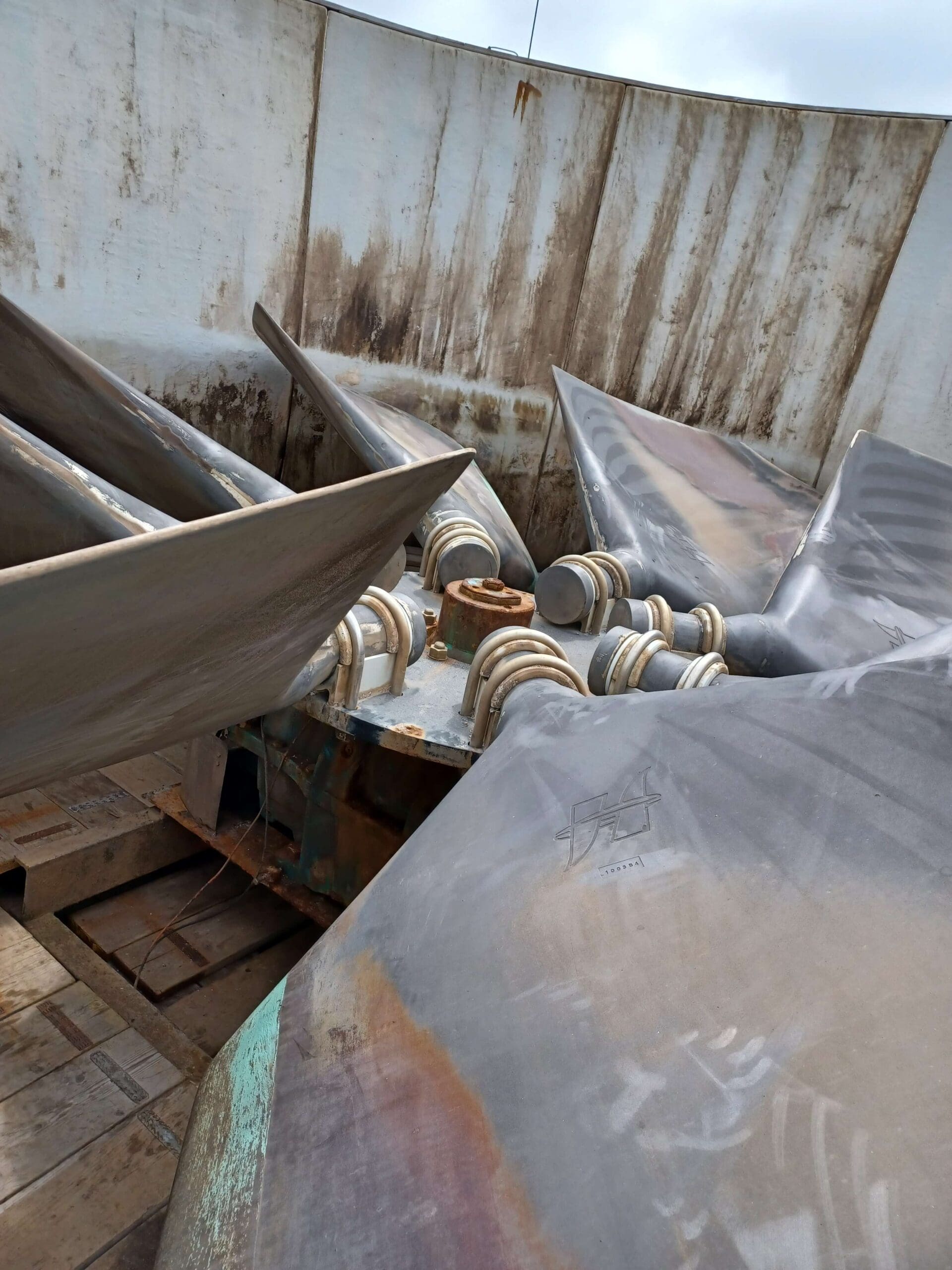


Our process
Speak to us about the processBES Group specialists use a four step process to bring years of In-Situ balancing experience to bear


Let’s talk. Ask us anything.
Send one of the team a message
Why choose BES Group?

800+ expert engineers
Our team of skilled engineers possesses a wealth of expertise.
A legacy of 160+ years of experience
We’re always evolving our approach to future proof our services.

35,000 satisfied customers
A strong reputation for providing exceptional service.

An end-to-end solution
Servicing the full life cycle, from concept through to decommission.
Accredited assurance
Confidence assured with all relevant certifications and accreditations.
Training centre & academies
Our very own internal training academies, ensures high standard.
Frequently asked questions
Are there any other benefits to using In-situ Balancing?
- Eliminates the requirements to completely dismantle and reassemble plant equipment to enable balancing of machine components
- Improves productivity
- Reduces downtime, labour and material costs
- Can be planned into scheduled short time outages e.g. machine mould or process changes
- Extends bearing and machine life
- Reduces the possibility of catastrophic failures
- Increases safety
What are the different types of insitu balancing?
There are two main types of in situ balancing:
- Dynamic balancing: performed by measuring the forces and moments that are generated by the rotating machinery.
- Static balancing: performed by measuring the mass distribution of the rotating machinery.
What are the different methods of insitu balancing?
There are two main methods of in situ balancing:
- Trial and error: involves adding or removing weight from the rotating machinery until the desired balance is achieved
- Computer-aided method: uses a computer to calculate the amount of weight that needs to be added or removed from the rotating machinery.
What is the difference between In-Situ Fan Balancing and Machine Fan Balancing?
It is common practice to remove a rotating element from a machine for machine balancing. Occasionally this may yield poor, or even worse than original, unbalance vibration. This does not necessarily mean the rotor has been incorrectly balanced; it may simply be caused by the differences between test stand and operating conditions.
A shop balancing machine will have different bearings, stiffness and structural response, therefore machine balancing cannot duplicate the actual machine “system” and it’s response. For these reasons, including time, cost and convenience, the in-situ balance method is often the preferred option.
Let's talk about In-situ Balancing
Send one of the team a message
Sectors we service
Dive into the diverse landscapes where BES Group sparks innovation and drives impact.

Explore sector
Agriculture
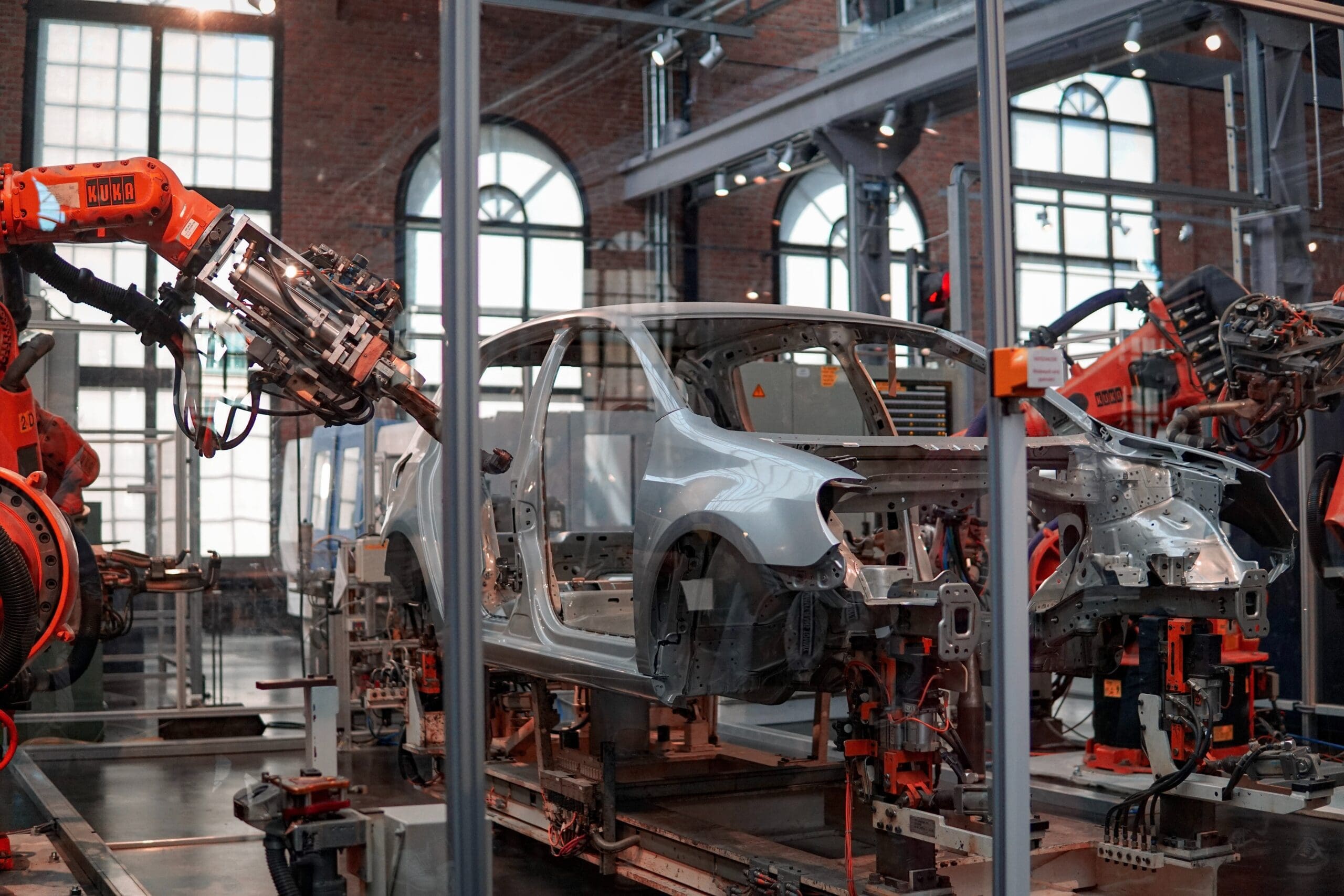
Explore sector
Automotive

Explore sector
Building, Properties and Real Estate

Explore sector
Hospitality and Leisure
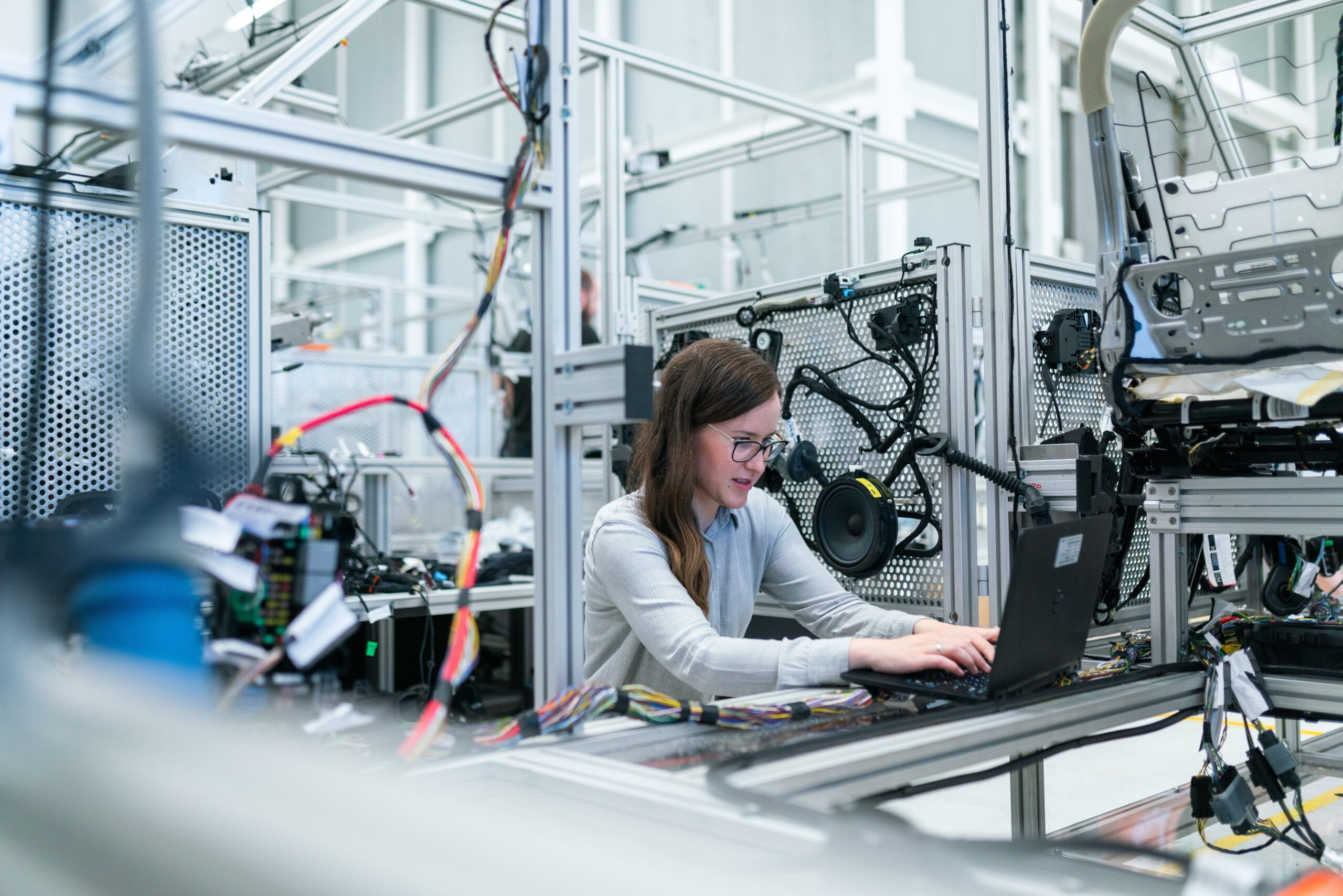
Explore sector
Manufacturing
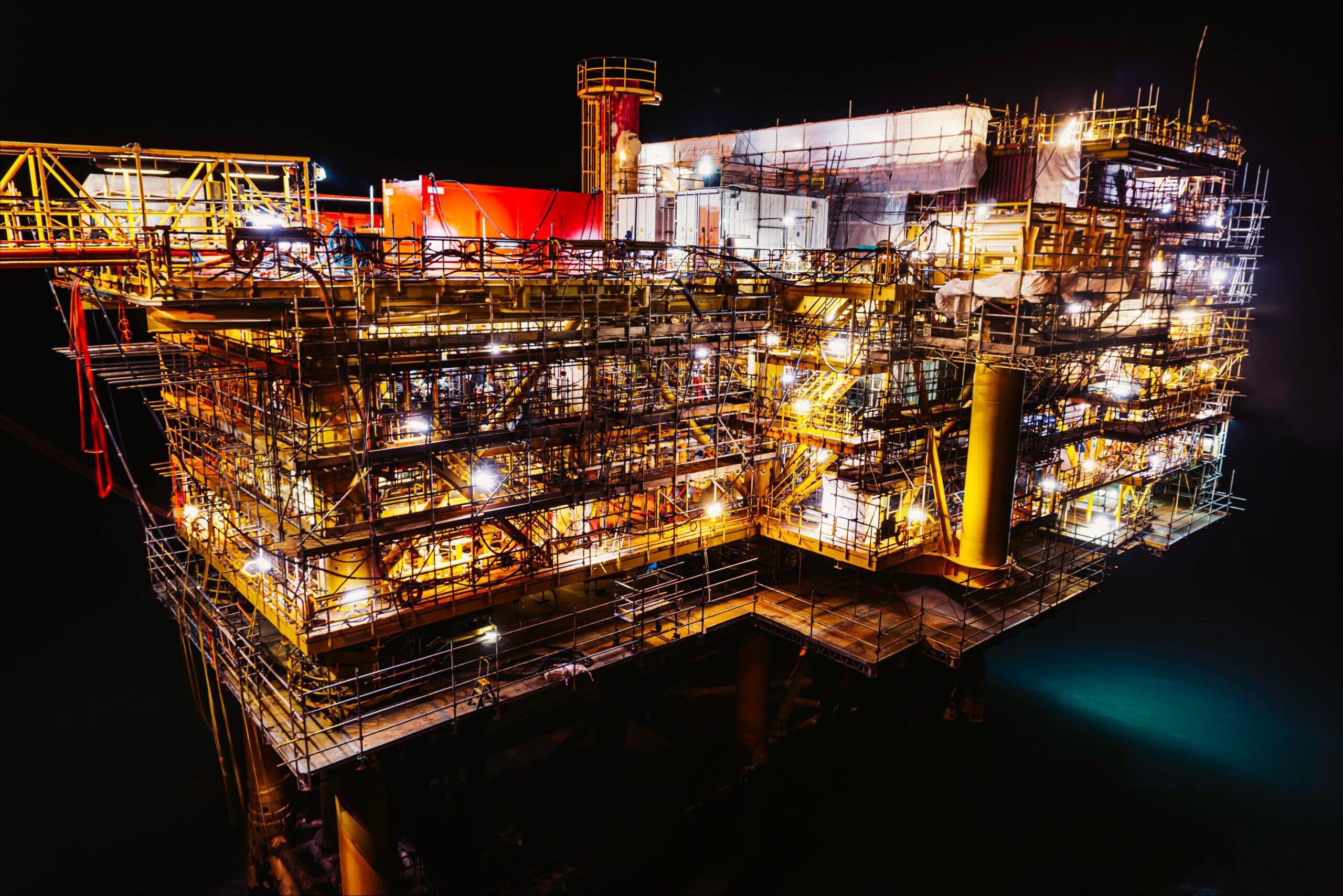
Explore sector
Marine and Offshore
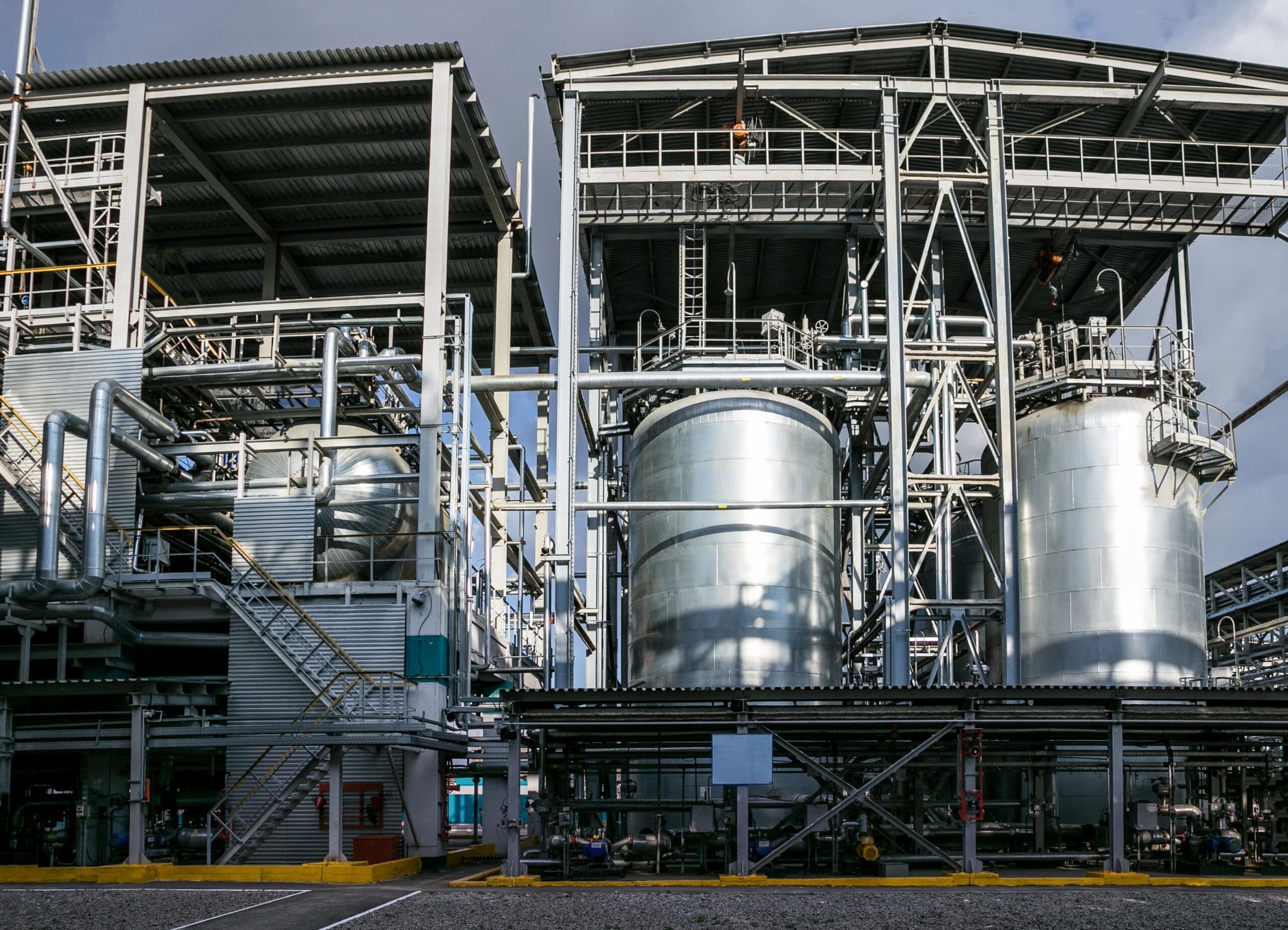
Explore sector
Petrochemicals, Oil and Gas
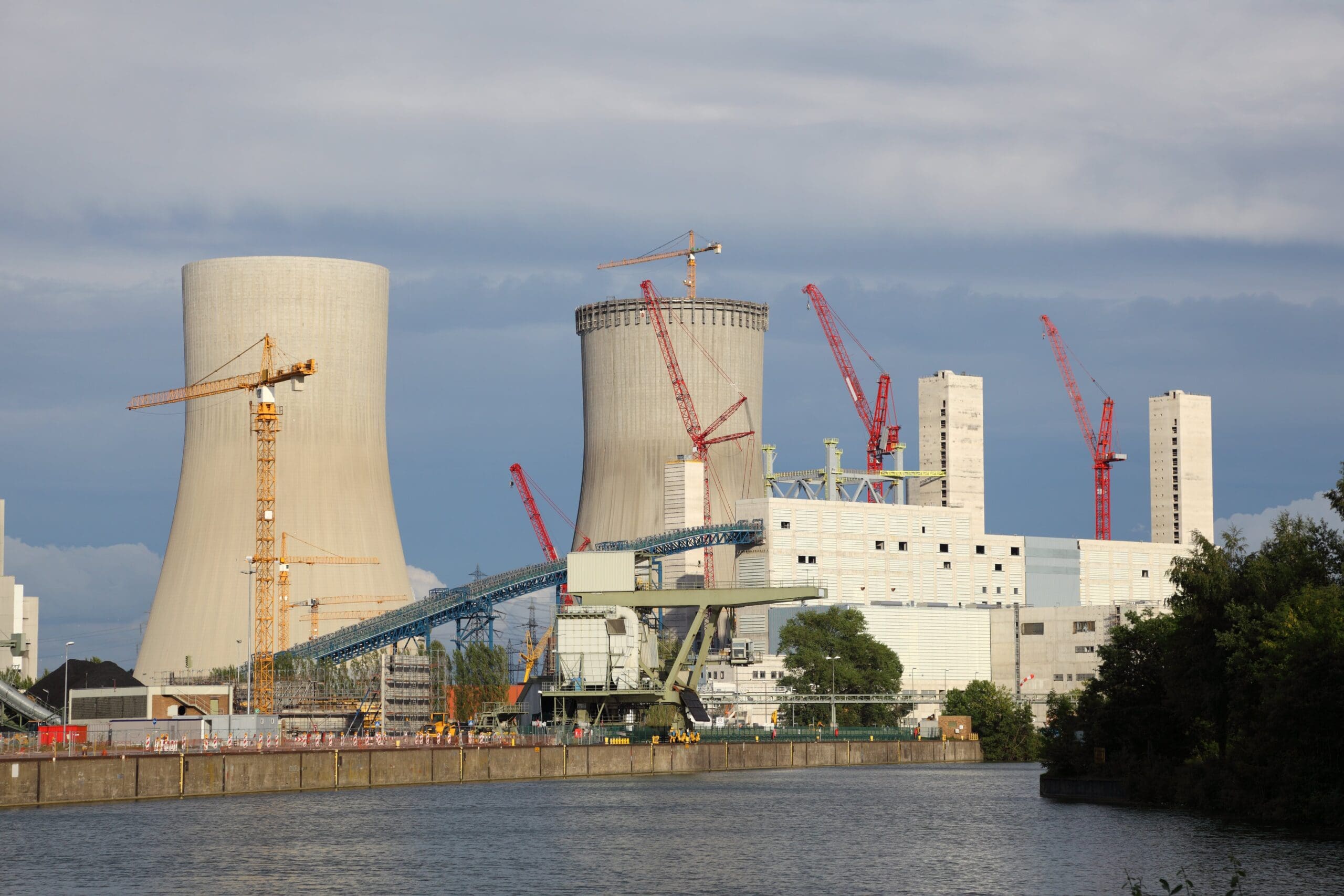
Explore sector
Power and Utilities

Explore sector
Rail

Explore sector
Renewables


Let’s talk. Ask us anything.
Send one of the team a message
Insights & news
Browse our latest articles
Other similar services...
Looking for something else? Explore similar services...
Let’s get you to the right person, fast.
Thank you, enquiry submitted!
Please check your inbox. We have sent you an email receipt of your enquiry.
We treat every enquiry with the upmost urgency. We’ll aim to get in touch with the relevant BES Group specialist and get back to you as soon as possible*.
Thank you again and have a great day.
 About BES Group
About BES Group Accreditations & Credentials
Accreditations & Credentials Our Environmental, Social & Governance
Our Environmental, Social & Governance Careers at BES Group
Careers at BES Group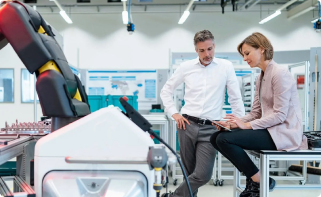 Our Senior Leadership Team
Our Senior Leadership Team